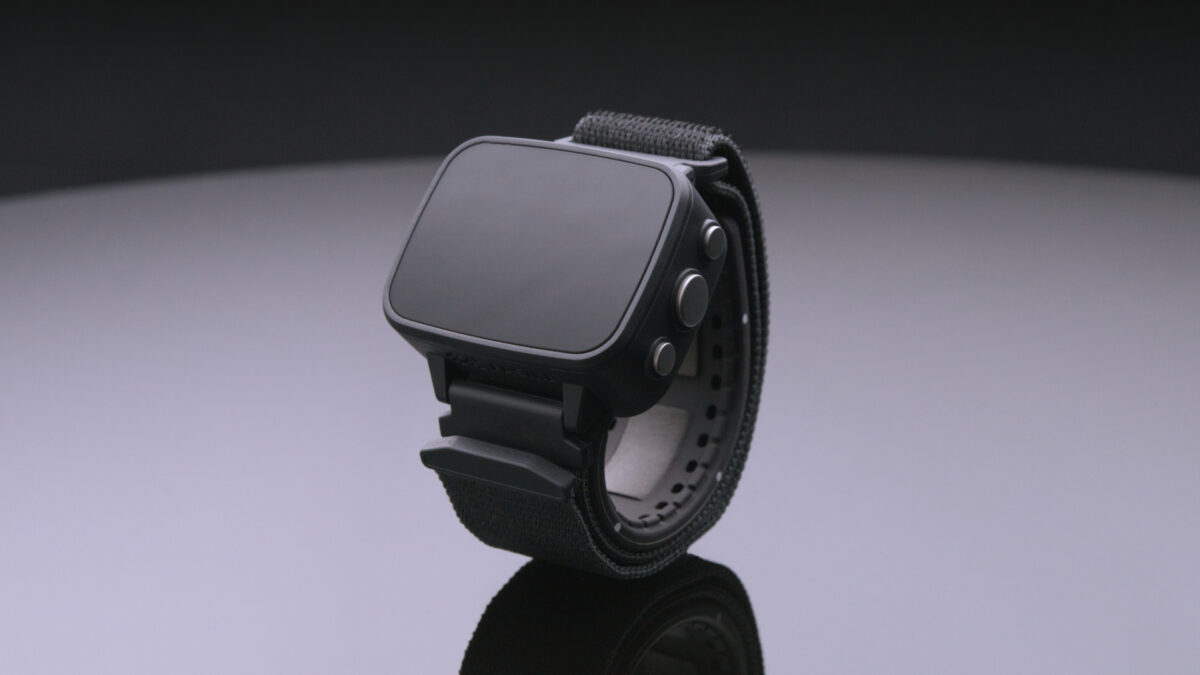Implantable catheters are a mainstay of the surgeon’s toolkit and are used to treat a myriad of neurological and cardiac disorders. However, they often fail due to a build-up of biomaterials including immune cells and bacteria. In an effort to improve the lifespan of these implantable medical devices and avoid repeat surgery, engineers at Purdue University have developed a self-clearing catheter that uses magnetic force to keep the catheter free of obstructions.
“Implantable catheters are used to treat a number of neurological and cardiac disorders by either diverting excess fluid or for delivering drugs,” said Dr. Hyowon “Hugh” Lee, an assistant professor in Purdue’s Weldon School of Biomedical Engineering. “Specifically, catheters can greatly benefit patients with hydrocephalus, a neurological disorder that is often characterized by a large accumulation of cerebrospinal fluid in the brain.”
According to Lee, hydrocephalus occurs in around one in every 1,000 births, and over one million people in the US currently suffer from the condition. Hydrocephalus also impacts behavior and cognition in those affected, and it can develop in adults after they have suffered a hemorrhagic stroke or traumatic brain injury.
While catheters can do a lot to divert excess fluid away from the brain, they have a relatively high failure rate. This means that patients must undergo additional surgical procedures in order to repair or replace failing implantable medical devices.
“When a catheter is implanted, the body’s natural reaction is to protect itself against the foreign material by forming a sheath around it,” said Lee. “Biofouling materials including bacteria, blood and inflammatory cells, and other tissue quickly cover the device, often blocking the catheter’s inlet pores leading to premature device failure.
“Approximately 40 percent of shunt systems fail within one year of implantation, and 85 percent fail within 10 years, mostly due to catheter obstruction. Replacing the failed catheter usually requires a neurosurgery, which increases the risk of infection and has a huge economic, physical, and emotional burden for patients and their caretakers.”
Lee and his team developed microscale devices that can be added to existing catheters to convert them into self-clearing medical devices. By applying a magnetic force, the micromechanical devices are able to repel and remove any biomaterials that may have accumulated on the catheter.
“The micro-device is fixed at an anchor point, and we apply magnetic field from outside the body,” said Lee. “By using time-varying magnetic field, changing its magnitude or turning it on or off, you create dynamic movement and mechanical vibration at the pore to be able to remove the obstructive biomaterials.
“The magnetic approach is ideal for this application because it generates a large amount of force and can be done without an integrated circuit or power source. This makes it much simpler and reduces the burden of hermetic packaging for implantation.”
The biomedical engineers have already demonstrated that the self-clearing catheter can remove the types of biomaterials that typically accumulate on and in the medical device. Lee likens the technique to a bi-annual cleaning at the dentist’s office and envisions that the technology could one day be used for regular maintenance and clearing of implanted catheters.












Join or login to leave a comment
JOIN LOGIN